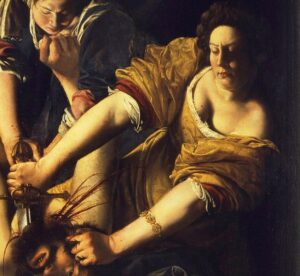In 2025, the significance of recognising and celebrating women artists throughout history to uplift current creators has never been more pronounced. When the Tate Modern unveiled its new extension in 2016, an impressive half of the additional gallery space was dedicated to women artists, elevating the museum’s overall representation from 17% to 36%. Furthermore, in 2020, the National Gallery in the UK made a groundbreaking move by hosting its first solo exhibition featuring a historic female artist, the renowned 17th-century Italian baroque painter Artemisia Gentileschi.
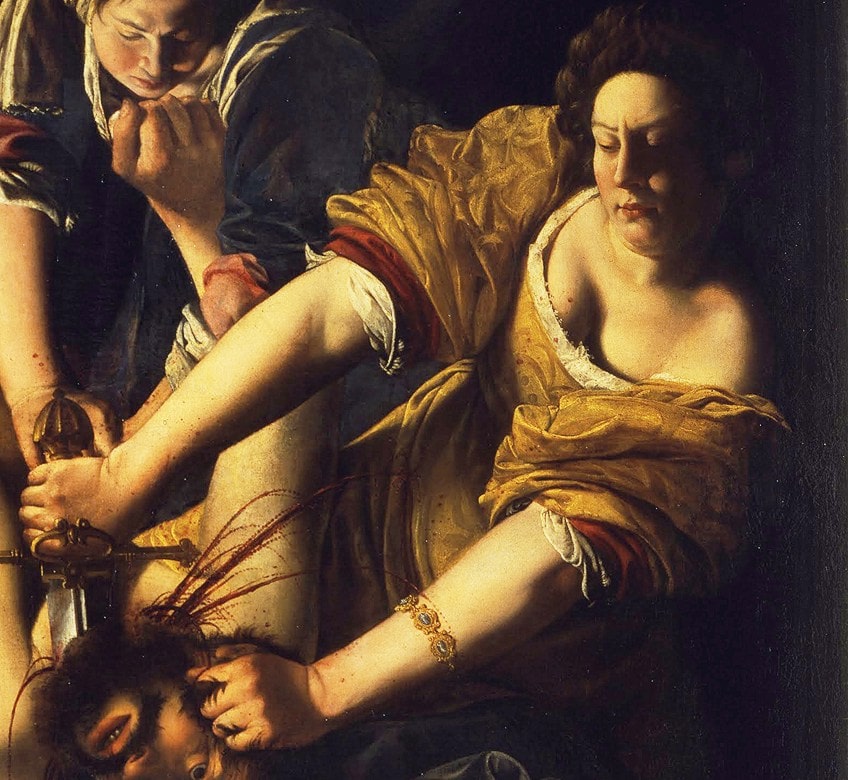
Despite the fact that women comprise 51% of visual artists today, as reported by the National Museum of Women in the Arts, this representation is not adequately reflected in museums, exhibitions, and galleries.
Addressing these barriers requires a multifaceted approach involving advocacy, education, and systemic change within the art world. By acknowledging these challenges and actively working towards solutions, the art community can create a more equitable environment that supports and uplifts women artists, allowing their talents and contributions to be fully recognized and appreciated.
The Significance of Women Artists
Recognising the contributions of women artists is crucial not only for the artists themselves but also for the institutions and curators that display their work. As societal norms change, art institutions must evolve to remain relevant and engaging. With advancements in education, communication, wealth distribution, and technology, art is now enjoyed by a much more diverse audience.

To attract a wider range of visitors, museums need to ensure that their collections reflect contemporary demographic realities, which requires a stronger emphasis on women artists. Many institutions are starting to acknowledge this shift by broadening their collections to include works by women and, in some instances, reallocating resources from well-known male artists to support the acquisition of lesser-known female artists’ work.
Women Artists: Trailblazers and Innovators
In a predominantly male-dominated field, women artists often emerge as trailblazers and innovators, harnessing their creativity to confront and challenge established norms. A prominent collective of activist artists known as the Guerrilla Girls has led the charge against sexism and racism in the art world through their practice of culture jamming. Established in 1985 in reaction to an exhibition at New York’s Museum of Modern Art that included only 13 women out of 165 artists, the Guerrilla Girls have continually created thought-provoking art that critiques systemic gender bias within the art community. Their famous declaration, “Do women have to be naked to get into the Met Museum? Less than 5% of the artists in the Modern Art Sections are women, but 85% of the nudes are female,” has ignited essential discussions surrounding representation.
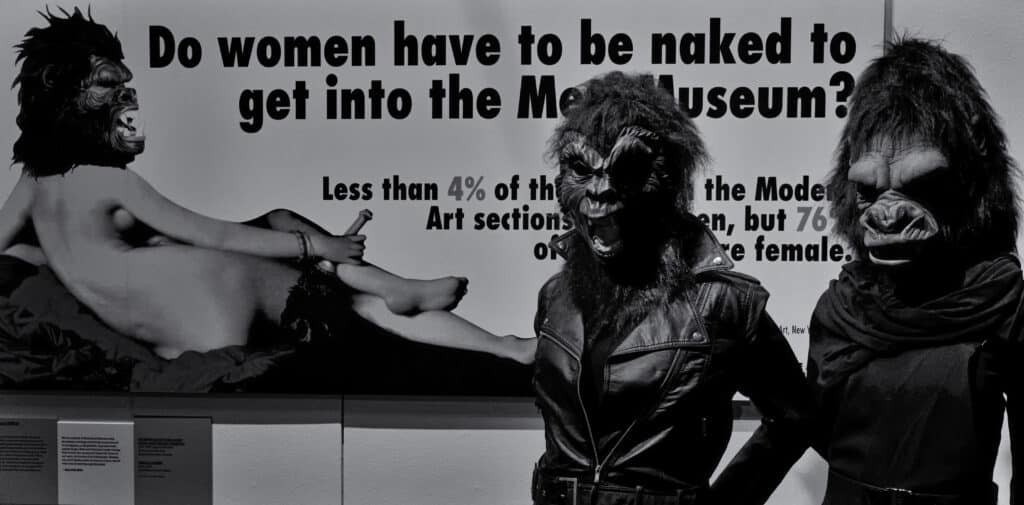
Unearthing Historical Women Artists
An essential move towards advancement involves revisiting and uncovering the contributions of women artists who have been largely forgotten throughout history. By shining a light on these often-neglected figures, we can illustrate that women’s involvement in art has been both longstanding and significant, rather than a recent phenomenon relegated to the edges of established art narratives.
Revealing this rich legacy will clarify that it is the absence of visibility, not a deficiency of talent, that has impeded women’s progress within the art world.
Advocating for Present-Day Women Artists
Although recognising the achievements of women from the past is essential, it is equally vital to focus on supporting contemporary female artists. Many women in the arts face challenges such as unequal financial backing, limited exhibition opportunities, and reduced visibility in critical assessments compared to their male peers.
To create a more just environment, museums should actively seek to acquire more artworks by female artists at auctions, while writers should dedicate efforts to producing more pieces that spotlight these creators. Additionally, the public should be encouraged to participate in exhibitions that showcase women’s art. By championing women artists today, we not only uplift their work but also establish role models who can inspire future generations, regardless of gender.
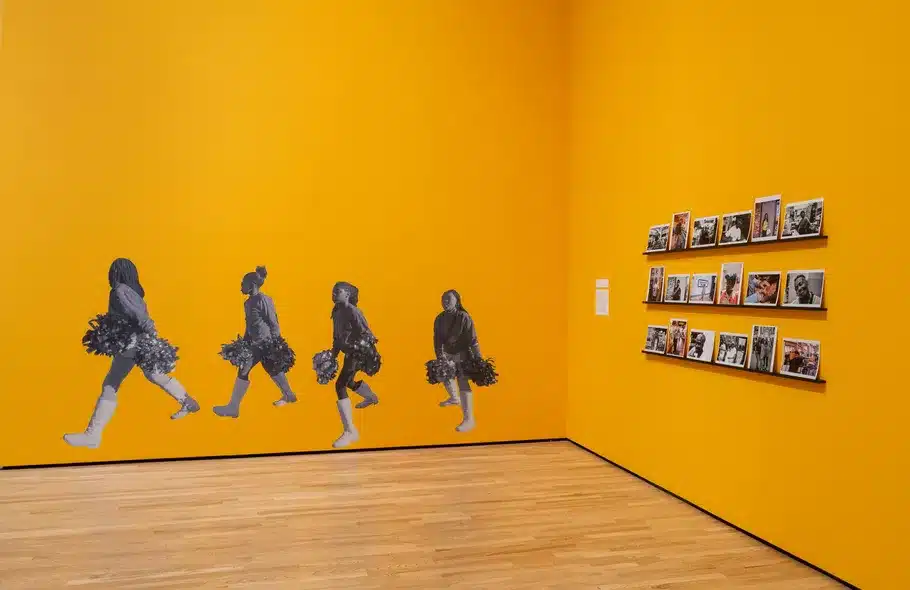
Examining the Fundamental Causes of Inequality
To tackle the challenges of gender inequality effectively, it is crucial for leaders in the art world, along with experts and institutions, to explore the root causes behind the lack of representation. Elements such as educational shortcomings, entrenched stereotypes, insufficient financial backing, and wider social disparities all play a role in perpetuating this issue.
Simply enforcing gender quotas of 50/50 does not provide a complete solution; it tends to mask the more complex underlying problems and creates a false sense of fairness. For women artists to flourish, they need ongoing support from the beginning, which allows them to compete on equal footing within the art community.
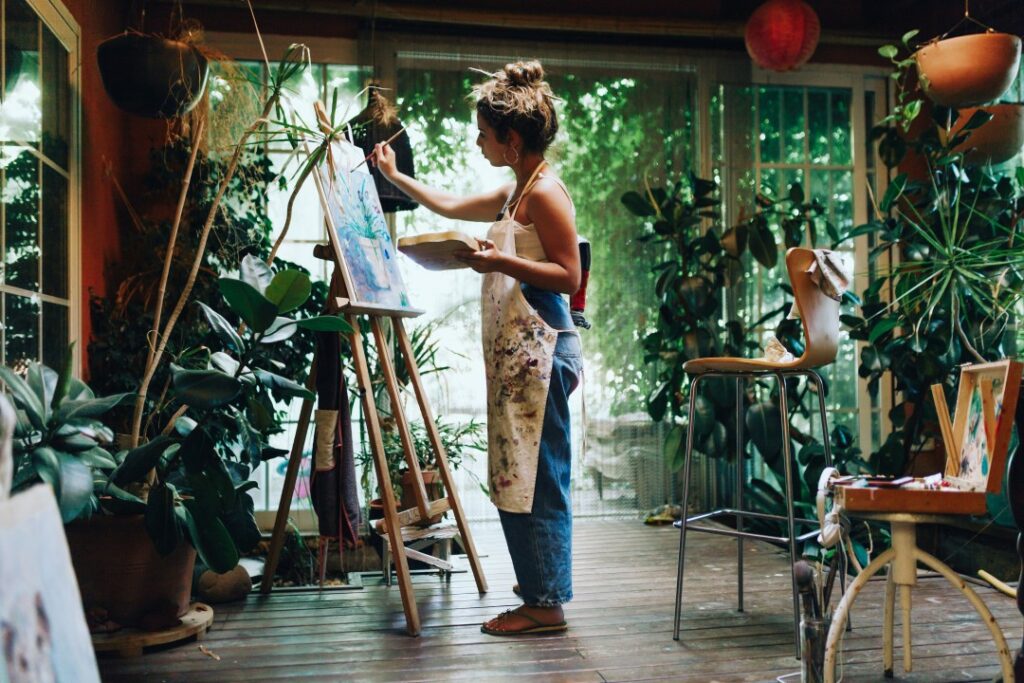
Participating in Exhibitions Showcasing Women Artists
Like many sectors, museums encounter financial difficulties, especially in areas where entry is free. This often leads curators to opt for safer choices, highlighting well-known male artists to attract larger audiences, a trend that is also favoured by donors and collectors. To change this pattern, curators must take bold steps to present a richer narrative of art that includes women.
Ultimately, it falls upon art enthusiasts and museum-goers to instigate change. Museums respond to public interest, and if we neglect to attend exhibitions that feature female artists, their works risk remaining hidden and uncelebrated.
Bringing Women from the Periphery to the Centre
Women have consistently held a vital role in the art world—as artists, curators, patrons, and muses. It is essential to promote their presence from the periphery and position it at the centre of art narratives.
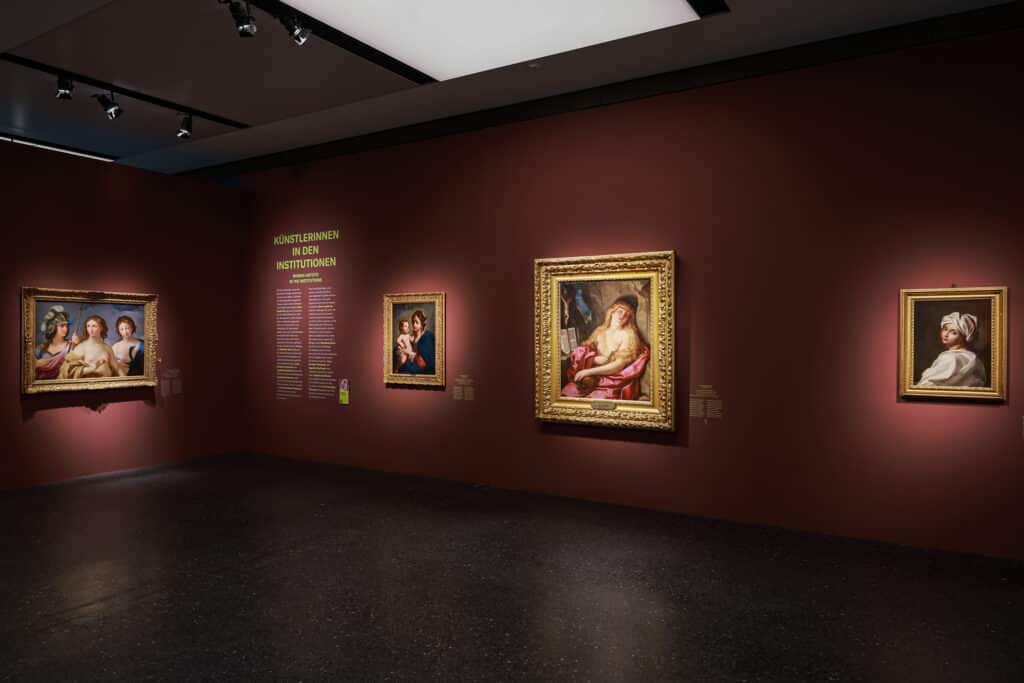
As women continue to push for change and art institutions start to respond, we can look forward to a future where the art world acknowledges a more accurate representation of history and cultivates a fairer environment for all artists.
